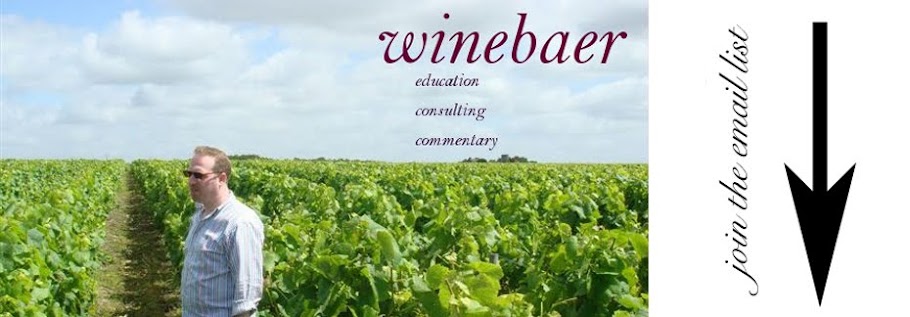
A college dropout, Frank traveled to Europe and started writing guides on sites and restaurants. While in Paris, he made friends with Raymond Baudoin, editor of La Revue du Vin de France, and began his discovery of the world of fine wine. Together, the two of them influenced many changes in the wine world, most notably in Burgundy, where they helped develop the concept of estate bottling (prior to their involvement, most wine was sold in bulk to shippers and negociants). Schoonmaker developed some great relationships with a number of top grower/producers, and, following the repeal of prohibition in the U.S., began to import wines. It was easier said than done, though, as he needed to start educating American consumers about wine if he was going to be able to sell much of it.
The 1930s were growth years for new wine importers in New York; Frederick Wildman had begun an association with Bellows & Company, and he would later start up his own company; Julian Street and George Sumner were assembling their European contacts, and Schoonmaker was beginning to realize one of his own biggest shortcomings: he could select wine much better than he could sell it. Then along came a young Russian émigré named Alexis Lichine, an entrepreneur who had supported himself by running guided bus tours through Paris; he spoke several different languages and was already quite knowledgeable about wine. Schoonmaker interviewed Lichine for a job as national sales manager, and hired him shortly thereafter.
This was the start of a truly great alliance good one. Lichine was an ideal salesman, and opened up valuable new markets all over the country for the firm. Their company's expansion ultimately brought them to California, where in the late 1930s the industry was only just beginning to recover from prohibition. There was talk of war in Europe, and if that proved to be true, Schoonmaker’s business would ultimately have to draw from another source. Schoonmaker and Lichine visited several California properties, and convinced the owners to label their wines after the grape varieties that made the wines, rather than generics names like “chablis” or “burgundy,” which had been the practice for over a century. They suggested that only quality estates in California were planted in these noble varieties, and as they proliferated, so would the need to identify them without generic labeling. There was just the question of what to call these wines. Schoonmaker and Lichine decided to call them “varietals” – although it is not clear which of the two actually thought up the term. Wente (in Livermore Valley) was the first success. By changing the name of their best white from Graves to Sauvignon Blanc, Schoonmaker sold several times as much wine as before – and now they were being distributed in the east, an entirely new market.
But here's the rub... we have now become reliant on knowing the grape variety, which has become far more important to consumers than the wine style. Sure, I can say I love Riesling, but not all Riesling is the same. What I really love is crisp, mineral-laden wines that are, at once refreshing and a bit complex too. The fact that many are made from Riesling is beside the point - they could just as well be made from Sauvignon Blanc, Chenin Blanc, Albarino, or even Rolle. Taste with an open mind, and don't be so concerned about the grape.
And forgive me, Mr. Schoonmaker, you actually did contribute a lot to the enjoyment of wine... most of which I don't find frustrating at all.
